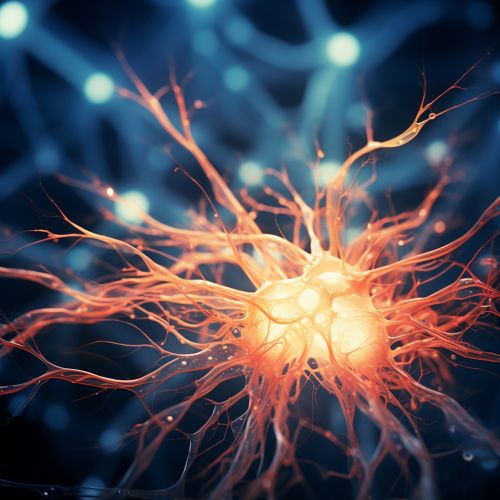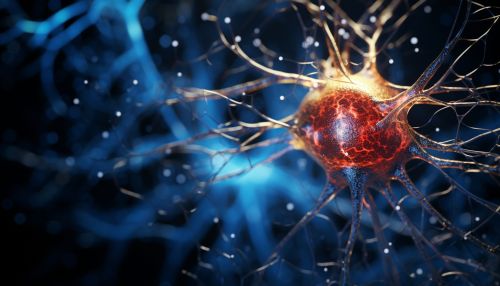Homeostatic Plasticity
Introduction
Homeostatic plasticity is a fundamental property of neurons that allows them to maintain a stable level of electrical activity in the face of changes in synaptic input. This process is crucial for the proper functioning of the nervous system, as it prevents neurons from becoming either overly excited or overly inhibited, both of which can lead to dysfunction or damage.


Mechanisms of Homeostatic Plasticity
Homeostatic plasticity is achieved through a variety of mechanisms, including changes in the strength of synaptic connections, alterations in the intrinsic excitability of neurons, and modifications in the balance of excitatory and inhibitory inputs. These changes are driven by a variety of signaling pathways and molecular mechanisms, many of which are still being elucidated.
Synaptic Scaling
One of the primary mechanisms of homeostatic plasticity is synaptic scaling, a process by which the strength of all of a neuron's synaptic inputs are uniformly adjusted to maintain a constant level of activity. This is achieved through changes in the number or function of neurotransmitter receptors at the synapse, which can either increase or decrease the neuron's responsiveness to synaptic input.
Intrinsic Excitability
Changes in the intrinsic excitability of neurons, or their ability to generate action potentials, is another important mechanism of homeostatic plasticity. This can be achieved through changes in the expression or function of ion channels, which control the flow of ions across the neuron's membrane and thus determine its electrical properties.
Excitatory-Inhibitory Balance
The balance of excitatory and inhibitory inputs to a neuron, often referred to as the E-I balance, is another crucial factor in homeostatic plasticity. Changes in this balance can be achieved through alterations in the strength of excitatory or inhibitory synapses, or through changes in the number of these synapses.
Role in Neural Function and Dysfunction
Homeostatic plasticity plays a crucial role in the normal functioning of the nervous system, and disruptions in this process can lead to a variety of neurological and psychiatric disorders.
Normal Function
Under normal conditions, homeostatic plasticity helps to maintain the stability of neural circuits, allowing them to adapt to changes in sensory input or behavioral demands without becoming overly excited or inhibited. This is crucial for a variety of neural functions, from sensory perception to motor control to cognitive processes.
Neurological Disorders
Disruptions in homeostatic plasticity have been implicated in a variety of neurological disorders, including epilepsy, autism, and Alzheimer's disease. In these conditions, the failure of neurons to properly regulate their activity can lead to a variety of symptoms, from seizures in epilepsy to cognitive decline in Alzheimer's disease.
Psychiatric Disorders
Similarly, disruptions in homeostatic plasticity have also been implicated in a variety of psychiatric disorders, including schizophrenia and major depressive disorder. In these conditions, the dysregulation of neural activity can lead to a variety of symptoms, from hallucinations in schizophrenia to feelings of sadness or hopelessness in major depressive disorder.
Future Directions
While much progress has been made in understanding the mechanisms and functions of homeostatic plasticity, many questions remain. Future research in this field is likely to focus on elucidating the molecular mechanisms underlying this process, as well as exploring its role in health and disease.
